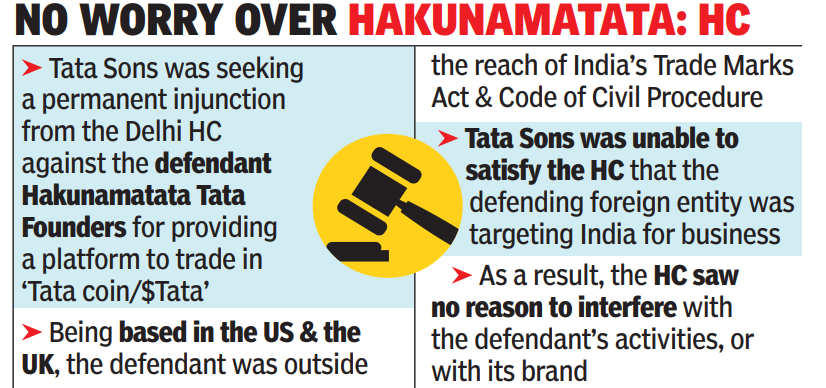Should I Invest In ELSS?
According to research published by S&P Indices Versus Active (SPIVA), over the one-year period ending in June 2021, the S&P BSE 200 ended in the green, returning 58.77%. Another reason is that, according to the Associations of Mutual Funds in India (AMFI), these funds have the highest portfolio record of 1,29,69,205 among Growth/Equity Oriented Schemes in September.
They can provide above-average and risk-adjusted returns over the long term, particularly 3 to 5 years. In terms of absolute return, ELSS funds have beaten the Index by 53.66 percent in one year, 76.19 percent in three years, 76.19 percent in five years, and 48.57 percent in ten years. Whereas these funds have also outperformed the Index based on risk-adjusted return, as Indian ELSS have generated 46.34% returns in 1 year, 76.19% in 3 years, 80.95% in 5 years and 51.43% in 10 years, according to the scorecard of SPIVA as of June 30, 2021.
Apart from having exposure to equity and equity-related instruments, ELSS also has exposure to fixed income securities, making it a must-have fund in your portfolio for long-term inflation-beating returns, as well as a blend of tax deductions and wealth creation.
As a result, based on the scheme’s performance, asset under management, and Morningstar’s 5-star rating, we’ve selected two ELSS funds that you can consider for SIP in 2021 in order to generate higher long-term returns than other tax-saving investments such as tax-saving fixed deposits, PPF, NSC, and so on.
DSP Tax Saver Fund Regular Plan Growth
Having been launched in the year 2013 this fund has been rated 5-star by Morningstar as of 12th August 2021 which indicates a SIP call for the investors. According to the report of the fund house, this ELSS scheme returns of the last 1-year are 68.16% and since launch, it has delivered 18.88% average annual returns as of October 29, 2021.
The fund has its top equity allocation across the Financial, Technology, Energy, Construction, Chemicals sectors. ICICI Bank Ltd., HDFC Bank Ltd., Infosys Ltd., Axis Bank Ltd., and State Bank of India are the fund’s top five holdings. This fund has an Asset Under Management (AUM) of Rs 9,755.66 crores as of September 30, 2021, and a Net Asset Value (NAV) of Rs 89.38 as of November 2, 2021. The fund has an expense ratio of 0.81% as of Nov 02, 2021 and SIP can be started with Rs 500.
| Period |
DSP Tax Saver Fund |
NIFTY 500 TRI |
NIFTY 50 TRI |
| CAGR since Inception |
18.88% |
15.20% |
14.53% |
| 1 Year |
68.16% |
59.08% |
53.69% |
| 3 years |
25.53% |
21.24% |
20.82% |
| 5 Years |
17.40% |
16.35% |
16.81% |
| Data as of October 29, 2021. Source: invest.dspim.com |
|
|
|
Axis Long Term Equity Fund Growth
This ELSS mutual fund has also been rated 5-star by Morningstar as of 30 Dec 2019. Axis Long Term Equity Fund which is active since 2009 has generated good returns of 62.42% in 1-year and since launch, it has delivered 18.76% average annual returns as of September 30, 2021 according to the data of the fund house. The fund’s best equity allocation is spread across the Financial, Services, Technology, Chemicals, Healthcare sectors.
Bajaj Finance Ltd., Avenue Supermarts Ltd., Tata Consultancy Services Ltd., Info Edge (India) Ltd., and Housing Development Finance Corpn. Ltd. are the fund’s top five holdings. As of September 30, 2021, this fund has an Asset Under Management (AUM) of Rs 34,370.78 crores and a Net Asset Value (NAV) of Rs 76.00 as of November 2, 2021. As of November 2, 2021, the fund has an expense ratio of 0.74 percent, which is lower than most other ELSS funds, and SIPs may be started with as little as Rs 500 towards the fund.
| Period |
Annualised(%) |
S&P BSE 200 TRI Benchmark(%) |
Nifty 50 TRI Additional Benchmark (%) |
| Since inception 29th Dec 2009 |
18.76% |
12.79% |
12.31% |
| 5 Years |
17.96% |
16.85% |
16.81% |
| 3 Years |
21.74% |
19.44% |
18.58% |
| 1 Year |
62.42% |
61.22% |
58.54% |
| Data as of September 30, 2021. Source: axismf.com |
|
|
|
Best ELSS Funds For SIP In 2021
Here are two ELSS funds to consider for SIP in 2021, based on Morningstar’s 5-star rating and tremendous one-year return.
| Funds |
1 mth returns |
6 mth returns |
1 Yr returns |
3 Yr returns |
5 Yr returns |
| DSP Tax Saver Fund Regular Plan-Growth |
2.38% |
25.33% |
66.92% |
24.41% |
16.89% |
| Axis Long Term Equity Fund Growth |
1.27% |
24.61% |
57.67% |
23.87% |
19.04% |
| Source: Groww |
|
|
|
|
|
Disclaimer
The views and investment tips expressed by authors or employees of Greynium Information Technologies, should not be construed as investment advice to buy or sell stocks, gold, currency, or other commodities. Investors should certainly not take any trading and investment decision based only on information discussed on GoodReturns.in We are not a qualified financial advisor and any information herein is not investment advice. It is informational in nature. All readers and investors should note that neither Greynium nor the author of the articles, would be responsible for any decision taken based on these articles. Please consult a professional advisor. Greynium Information Technologies Pvt Ltd, its subsidiaries, associates, and authors do not accept culpability for losses and/or damages arising based on information in GoodReturns.in












